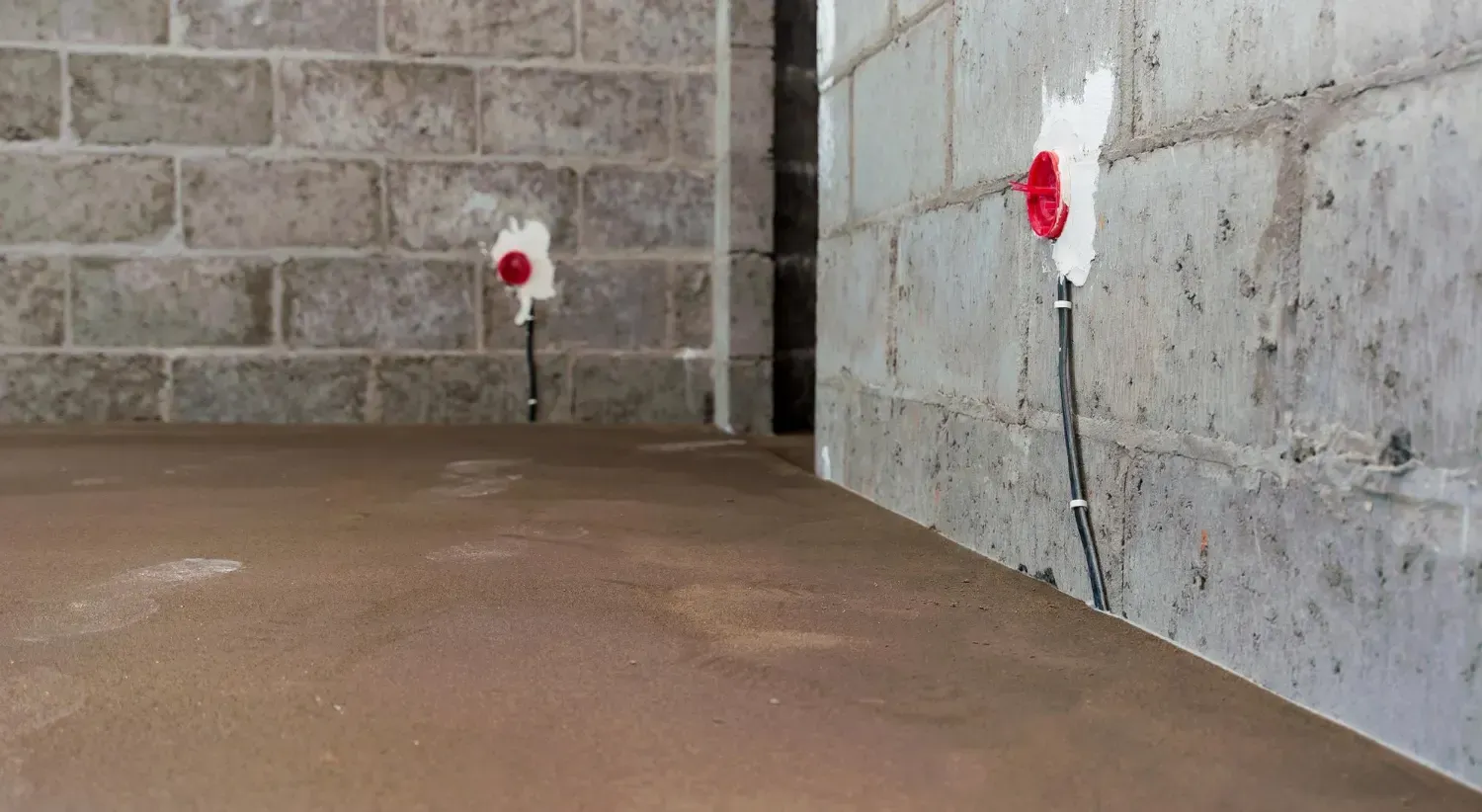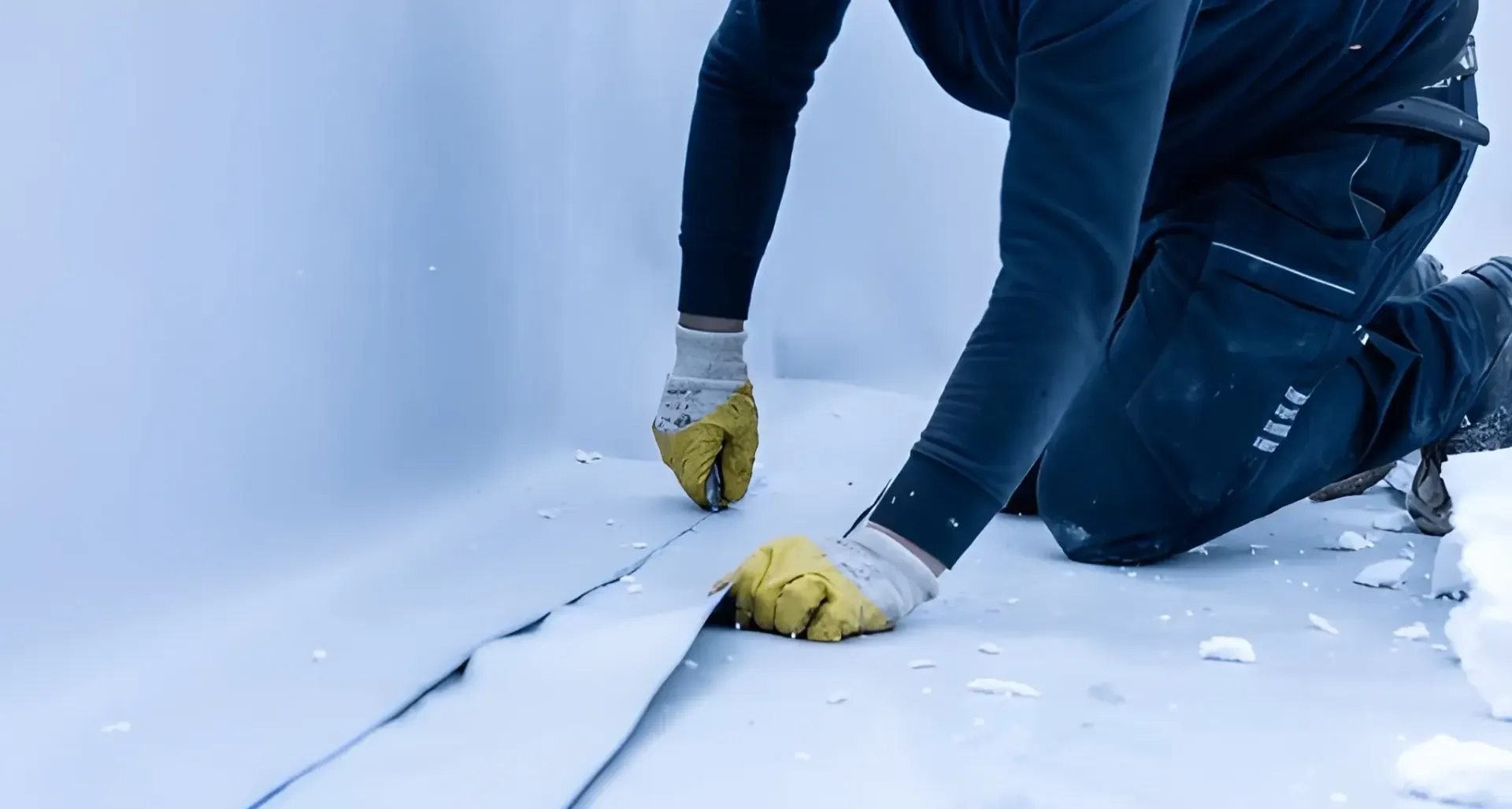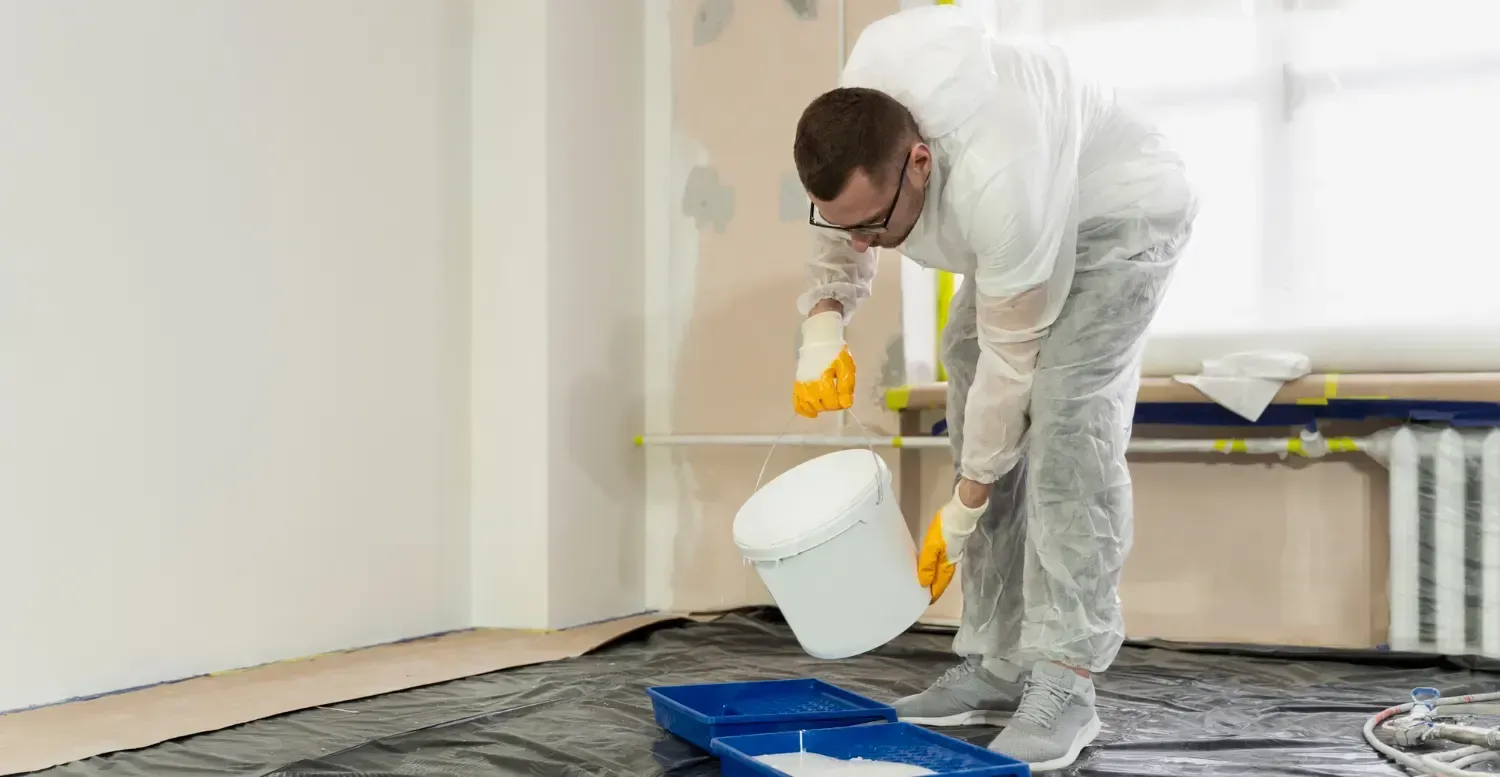Waterproofing Basement Walls: Effective Solutions
Nothing is worse than a wet basement. It soaks your stuff, invites mold, and leaves your home feeling damp. Waterproofing basement walls is your key to a dry and happy space. It is not as hard as it sounds, especially with some know-how. You could always look into what local custom home builders recommend for keeping your space dry.
Many people deal with basement leaks. A little seepage or a full-on flood can wreck a perfect room. This guide’s got you covered with easy ways to stop water in its tracks. You’ll find step-by-step tips and real solutions.
Why You Need to Keep Waterproofing Basement Walls Dry

A soggy basement’s more than a hassle. It can mess up your home’s foundation. Water sneaking through walls wears things down over time. Mold? It thrives in damp spots and grows rapidly. Nobody wants to breathe that junk or fork out cash for big fixes.
Basement wall waterproofing saves your stuff, too. Picture your old photo albums or pricey tools underwater. Keeping things dry protects your memories and your wallet. Plus, it keeps your custom home’s value solid.
A dry basement’s a game changer. Turn it into a cozy den, a home office, or a guest room. In Westhampton, where rain pours hard, waterproofing’s a must to dodge future stress.
What’s Making Your Basement Wet?
Water sneaks in a few sneaky ways. Cracks in the walls let it trickle through. Bad drainage outside pushes water right to your foundation. Heavy rain or melting snow can overwhelm things fast.
Then there’s hydrostatic pressure. Sounds fancy, but it’s just water in the soil piling up around your house. It presses hard against your walls, forcing water inside. Leaky pipes or a yard that slopes incorrectly can make it worse.
Identify the cause, and you’re halfway to fixing it. Take a peek outside. Got a ground sloping toward your house? That’s trouble. Spotting these issues early saves you time and bucks.
Exterior Waterproofing Solutions

Seal Outer Walls
One killer way to stop water? Seal the outside of your basement walls. Pros dig around your foundation and slap on a waterproof coating. It’s like a raincoat for your house. Stuff like asphalt sealants or polymer coatings does the trick.
It’s a tough job, but it works. Stop water before it even gets close. In the areas where storms hit hard, this method keeps basements bone dry.
Improve Drainage System
Good drainage is your best friend. French drains are perfect for this. They’re basically trenches with gravel and a pipe that shunts water away from your house.
A sump pump’s another solid pick. It sits in a pit in your basement, sucking out any water that collects. Add a battery backup for when the power’s out. This is a cheap way to learn how to waterproof basement walls.
Fix Grading and Landscaping
Take a look at your yard’s slope. It should tilt away from your house. If it’s sloping toward your walls, water’s gonna pool up. Fix it by adding soil to make a gentle slope.
Don’t sleep on gutters either. Keep ‘em clean. Clogs are trouble. Extend downspouts at least five feet out. Rain’s no joke; this keeps your basement safe.
Inside Waterproofing Solutions

Paint and Seal the Walls
Waterproofing interior basement walls is a great first step. Waterproof paint puts up a barrier inside. It’s cheap and you can do it yourself. Grab paint made for concrete or masonry.
Sealants are even better. They fill tiny cracks and keep moisture out. Brush or roll ‘em on for best results. These work great for small leaks, but big problems might need more.
Set Up Inside Drainage System
Interior drains catch water that sneaks in. A perimeter drain (think a mini French drain) runs along your walls’ base. It grabs water and sends it to a sump pump. Keep your floor dry as a bone.
These are less hassle than digging outside. Perfect for older homes or when you can’t mess with the yard, and planning for home remodeling. In Southampton, where humidity’s a pain, these drains are a total win.
Add a Dehumidifier
A dehumidifier’s a quick fix. It sucks moisture right out of the air. Not a cure-all, but it helps a ton. Run one in your basement and keep it empty. Or get one that drains itself.
Pair it with other fixes for the best shot. It makes your basement feel fresh, not muggy. It’s an easy move for waterproof basement wall solutions that anyone can try.
Choosing the Right Materials
Not every waterproofing product is worth your cash. Go for ones made for basements. Outside, polymer membranes beat asphalt. They’re flexible, less likely to crack.
Inside, grab sealants that stick to concrete like glue. Check labels for waterproof, not just water-resistant. In Watermill, where soil’s all over the place, the right pick makes a huge difference.
If you’re lost, ask a pro. They’ll point you to stuff that fits your smart home. Good materials mean less hassle later.
DIY or Call for a Professional?
Can You Handle It?
Some jobs are perfect for DIY. Slapping on waterproof paint? Easy peasy. Cleaning gutters or fixing downspouts? You got this. These little steps keep water at bay.
But big stuff, like sealing outside or setting up drains? That’s tricky. Digging near your foundation without knowing how can mess things up. One wrong move and your leaks get worse.
When to Get Help
Pros know their stuff. They’ve got the tools and skills to do it right. For basement remodeling, they handle local quirks like soil or weather.
Hiring someone saves you headaches. They spot things you might miss—hidden cracks, bad drainage. Not sure? Grab a quote from a trusted crew.
Keeping Your Basement Dry Long Term
Waterproofing’s not a set it and forget it thing. Check your basement now and then. See damp spots? Mold? Peeling paint? Catch it early, or you’re in for a pricey fix.
Keep gutters clear. Test your sump pump every few months. Make sure your yard’s slope is still good. In Wainscott, where storms roll through, staying on top of this is everything.
Store your stuff off the floor, shelves, or pallets work great. If water sneaks in, your things stay safe. A little upkeep keeps your basement ready for anything.
FAQs
How do I know if my basement needs waterproofing?
See damp walls or puddles? Smell something musty? Those are signs. Cracks or mold mean trouble, too. Check after a big rain to be sure.
Can I do this myself?
Sure, for small stuff like painting walls or cleaning gutters. But big jobs like drains? Leave those to the pros for better results.
How long does it last?
Good waterproofing holds up 10-20 years if you maintain it. Exterior fixes last longer. Interior paints might need a refresh sooner.
Wrapping It Up
A dry basement’s a game changer. Waterproofing basement walls keeps leaks out, saves your stuff, and dodges pricey repairs. You’ve got options: outside coatings, inside drains, or both. Pick what works for your home and wallet.
Don’t let water wreck your basement’s potential.
Start planning a dry and usable basement today.




